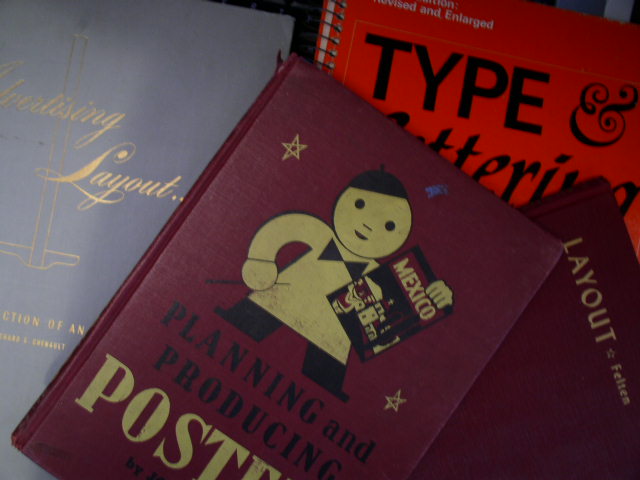Cousin Hepcat
Practically Family
- Messages
- 777
- Location
- NC
I've noticed a growing trend: People seem to believe that if they scan or photograph an exact replica JPG image of a pre-existing artwork, which they had no hand in making - whether that artwork is Public Domain, or whether it's under copyright to the original artist - people seem to think that if they scanned it, they now own the copyright to that image.
You're all familiar no doubt with the Works Progress Administration (WPA) started in 1935, "employing millions to carry out public works projects". One such line of projects was a series of 1930s-40s posters, "For The People, By The People".
I am becoming increasingly interested in Graphic Arts and Typography of that era, and that's led to some purchases of vintage art, typography, & poster-layout books of that period (many of which use WPA posters as exmaples), and, I've started saving & re-printing in miniature (4 to a page), many of these WPA posters saved from various websites.
[EDIT: My purpose in re-printing these in miniature, is to for Single Copies go into a binder for my own personal use, as Classic Examples to study & dissect, in conjunction with the above-mentioned books discussing graphic arts & poster layout. I am NOT printing these to re-sell the prints.]
Examples:
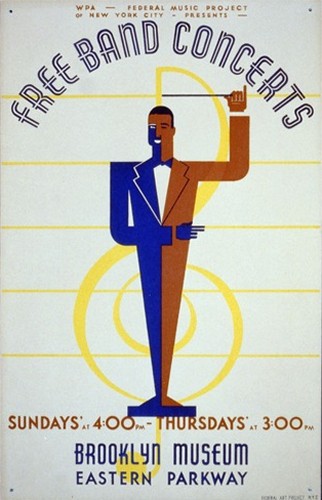 .
.
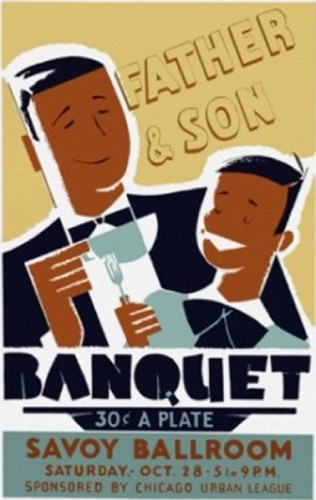
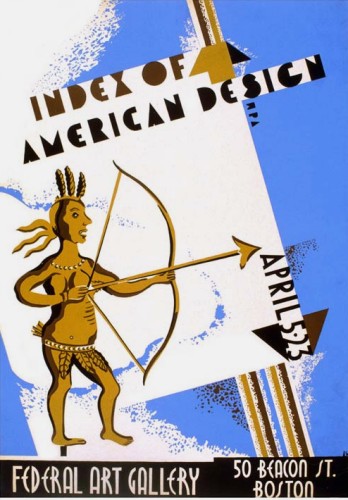 .
.
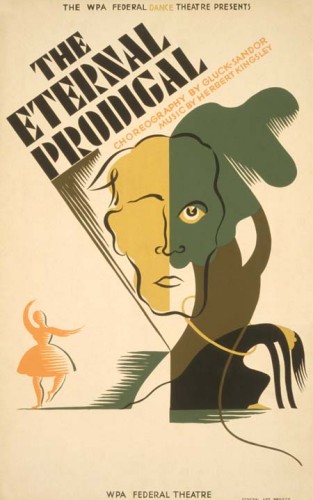
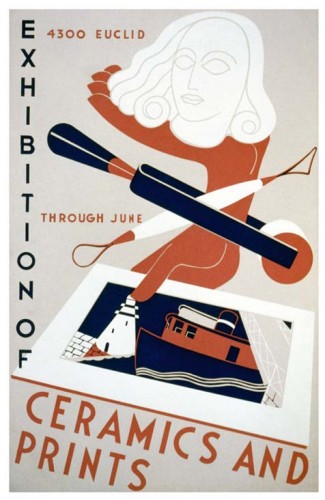 .
.
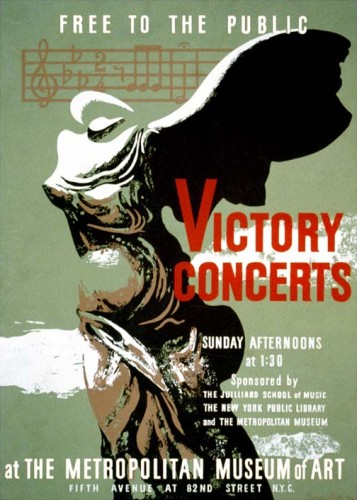
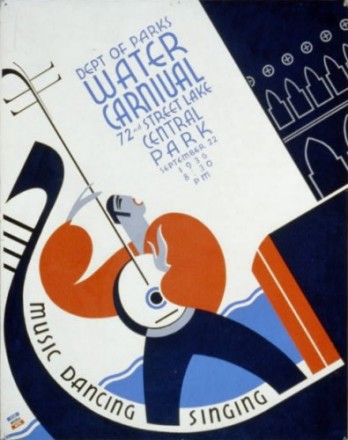 .
.
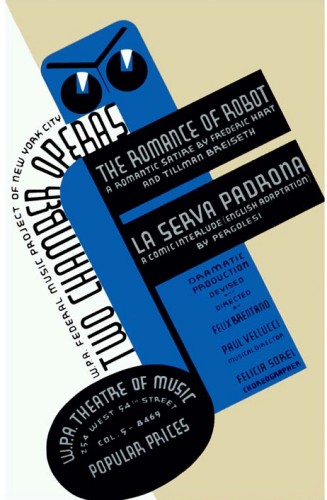
Obviously, these were from websites which were upholding the original "For The People, By The People" intent of these posters, and the websites did NOT put any kind of "copyright" watermark, or image-download-blocker scripts, on their site. (One such site is the Library Of Congress' WPA Posters site: http://memory.loc.gov/ammem/wpaposters/wpahome.html )
However, I've noticed, a LOT of sites seem to be watermarking these and other vintage 1930s-40s commercial graphics such as movie posters and sheet music covers, with "Copyright <website name>", and/or attempting to block the downloads.
In the case of movie posters and sheet music covers, perhaps it can be said that, since some May still be under copyright by the ORIGINAL ARTIST or company which produced them, I shouldn't be able to download them; fair enough.
But, what on earth posesses the people posting these images to their sites to claim that THEY, the website owners, own the copyrights??
How about YOU? Do you think that if you scan an image which is public domain, and post it on your website, that this means that the work is No Longer Public Domain, and now You "own the copyright"? How about something previously copyrighted by someone else, whether still under copyright, or expired?
Can someone "argue the other side"?... Because I can't fathom the thought process... But, perhaps I am severely deficient in my understanding of some area of copyright law, and someone can bring me Up To Speed, and I'll "eat crow"...
You're all familiar no doubt with the Works Progress Administration (WPA) started in 1935, "employing millions to carry out public works projects". One such line of projects was a series of 1930s-40s posters, "For The People, By The People".
I am becoming increasingly interested in Graphic Arts and Typography of that era, and that's led to some purchases of vintage art, typography, & poster-layout books of that period (many of which use WPA posters as exmaples), and, I've started saving & re-printing in miniature (4 to a page), many of these WPA posters saved from various websites.
[EDIT: My purpose in re-printing these in miniature, is to for Single Copies go into a binder for my own personal use, as Classic Examples to study & dissect, in conjunction with the above-mentioned books discussing graphic arts & poster layout. I am NOT printing these to re-sell the prints.]
Examples:








Obviously, these were from websites which were upholding the original "For The People, By The People" intent of these posters, and the websites did NOT put any kind of "copyright" watermark, or image-download-blocker scripts, on their site. (One such site is the Library Of Congress' WPA Posters site: http://memory.loc.gov/ammem/wpaposters/wpahome.html )
However, I've noticed, a LOT of sites seem to be watermarking these and other vintage 1930s-40s commercial graphics such as movie posters and sheet music covers, with "Copyright <website name>", and/or attempting to block the downloads.
In the case of movie posters and sheet music covers, perhaps it can be said that, since some May still be under copyright by the ORIGINAL ARTIST or company which produced them, I shouldn't be able to download them; fair enough.
But, what on earth posesses the people posting these images to their sites to claim that THEY, the website owners, own the copyrights??
How about YOU? Do you think that if you scan an image which is public domain, and post it on your website, that this means that the work is No Longer Public Domain, and now You "own the copyright"? How about something previously copyrighted by someone else, whether still under copyright, or expired?
Can someone "argue the other side"?... Because I can't fathom the thought process... But, perhaps I am severely deficient in my understanding of some area of copyright law, and someone can bring me Up To Speed, and I'll "eat crow"...
Last edited:



